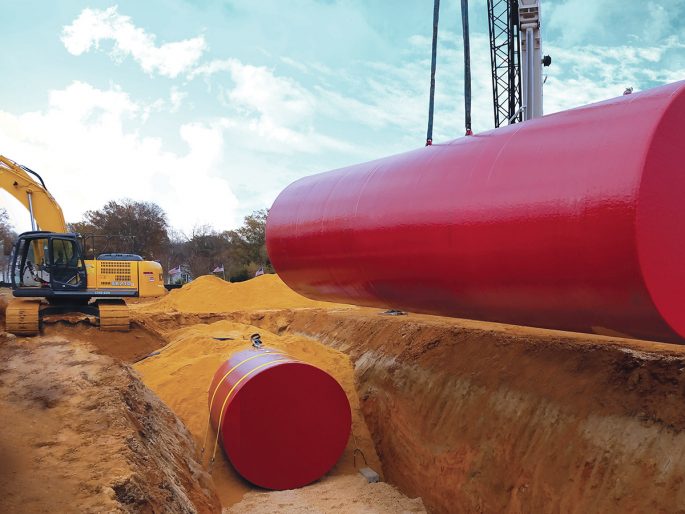Most people in the petroleum industry expect a properly maintained underground storage tank to provide 30 years of dependable service, maybe more. But those views are no longer in sync with many insurance providers, who are less willing to cover aging tanks.
Today, the USTs installed in the ‘80s and ‘90s are approaching their 30th birthdays. UST owners who have tanks nearing this milestone are facing some tough choices about the future of those tanks. Here’s a look at some of the issues that need to be considered.
A Means to Show Financial Responsibility (FR)
To meet federal FR requirements, UST operators need to demonstrate they can cover remediation and compensation costs if a release occurs. UST pollution liability insurance is one of the most popular ways to meet the FR requirement.
But as a tank gets older, the risk to the insurer increases. Some insurance companies have stopped offering UST policies due to growing losses. According to the Association of State and Territorial Solid Waste Management Officials’ (ASTSWMO) Guide to Tank Insurance, some insurers have made a blanket decision not to sell insurance for tanks over 20 years of age, and even more importantly, not to renew any policies with tanks older than 26. The insurers who will issue coverage often offer policies that are not competitively priced.
Costly Consequences
State funding for FR is also diminishing. With financial support for UST management beginning to abate, a fuel site operator has important decisions to make: Pay higher UST insurance rates? Install new tanks? With projections of higher interest rates in the economic forecast, tank replacement could be an expensive undertaking. Operators who save a little money each year to fund future tank replacement will find themselves in the best position for the future.
For more information about insurance coverage for aging underground storage tanks, please watch Fuels Market News and CSP Daily News for Source’s latest article.




